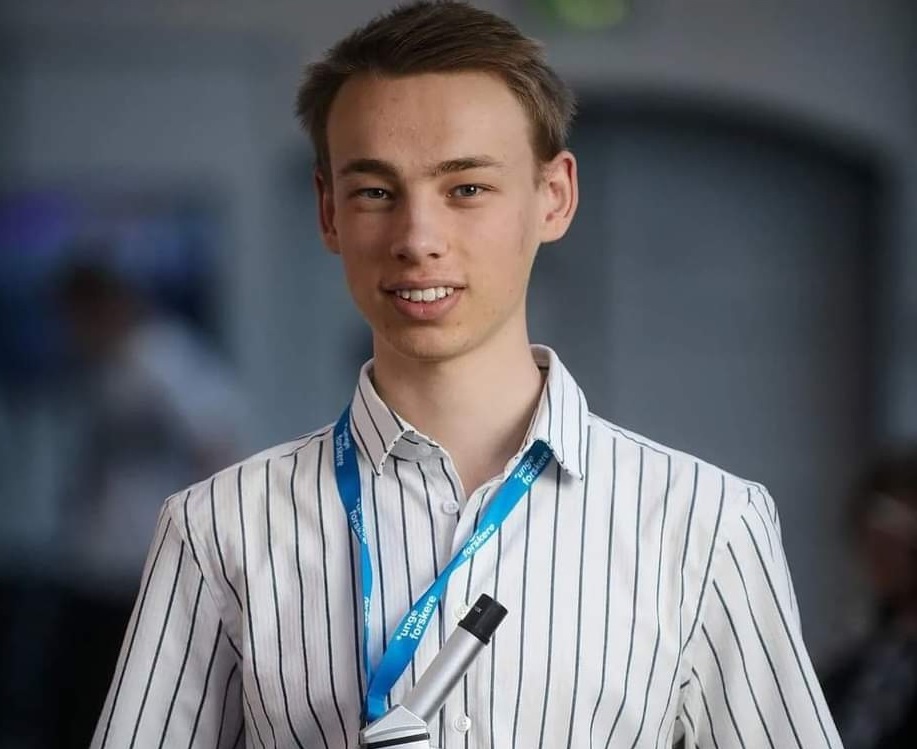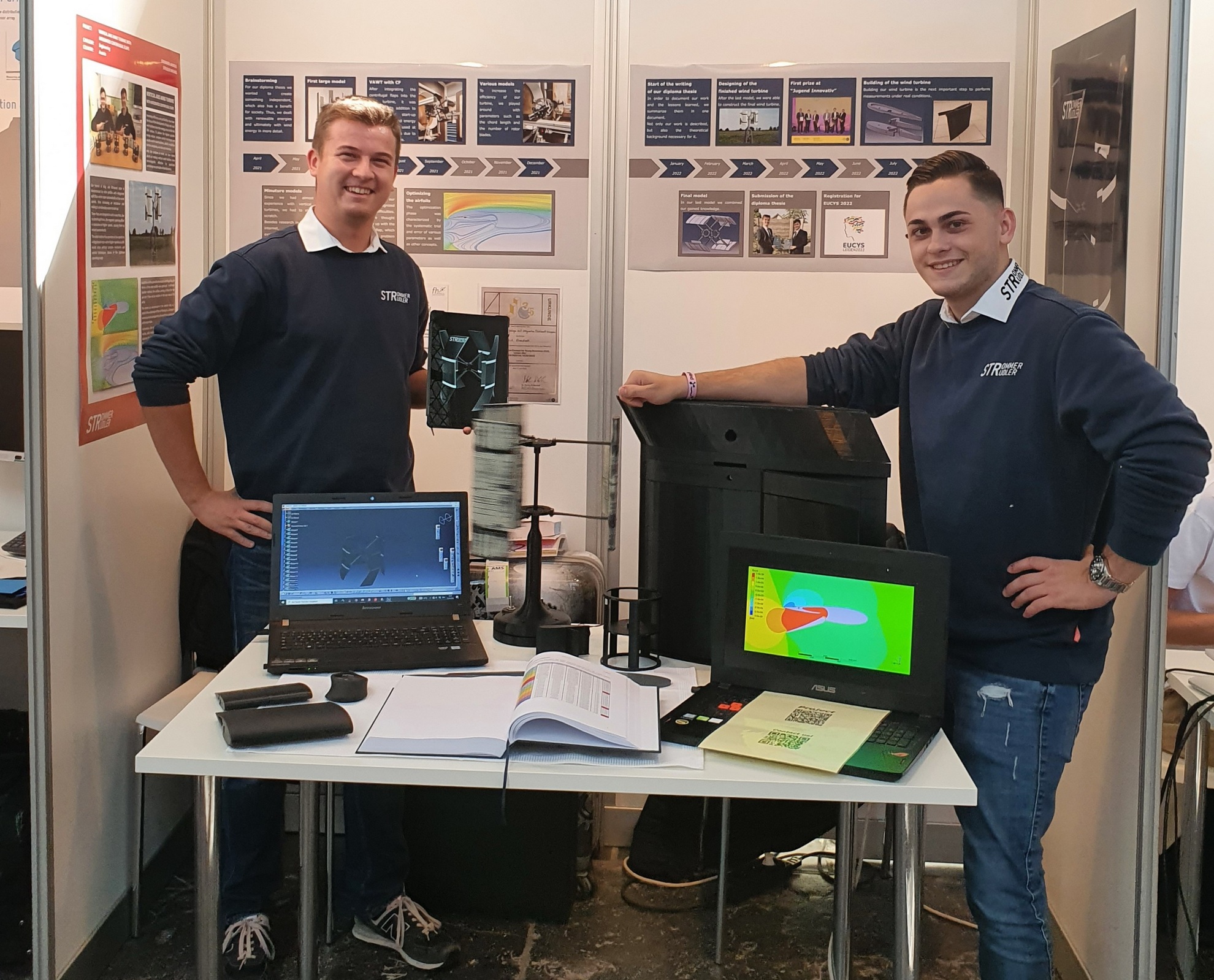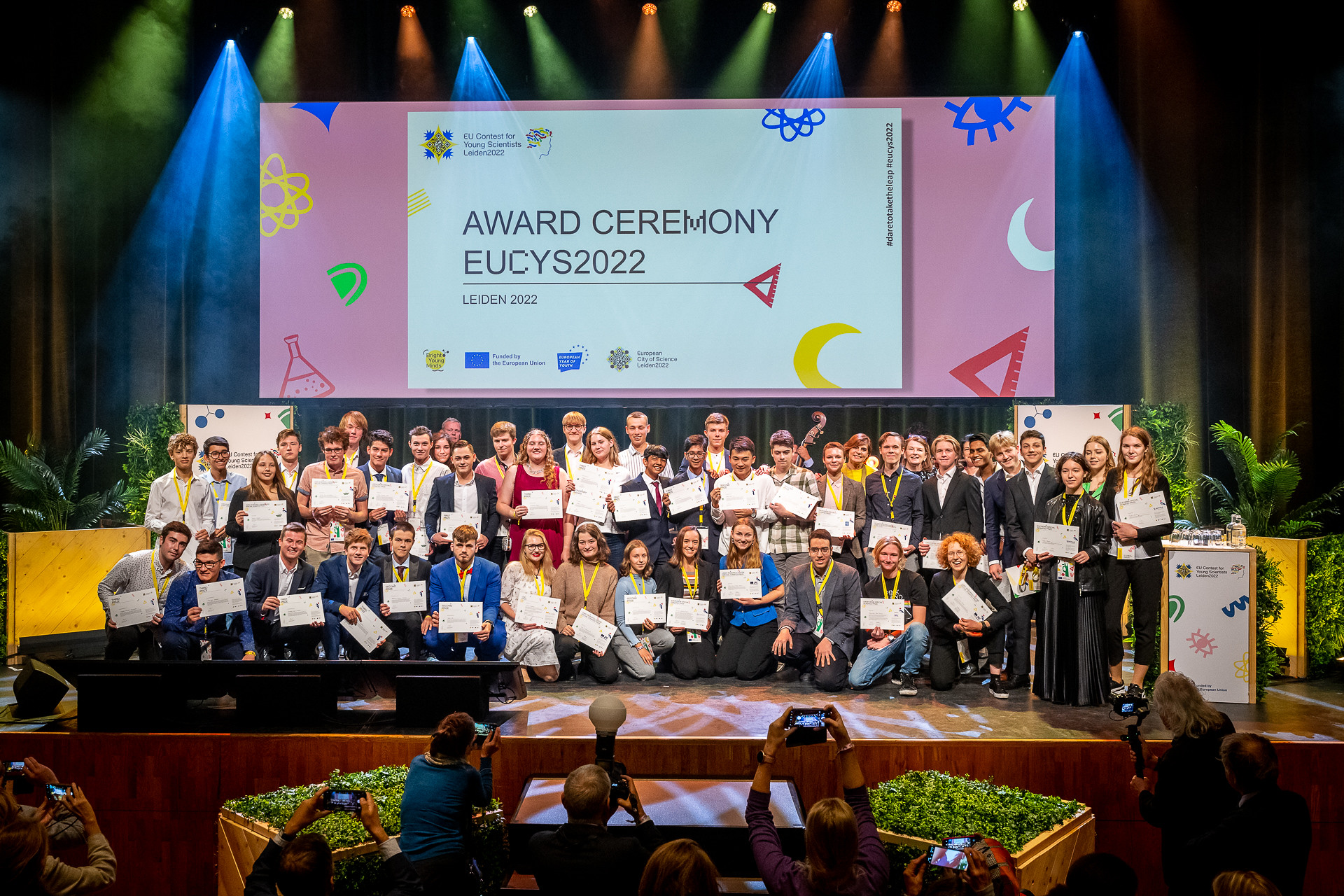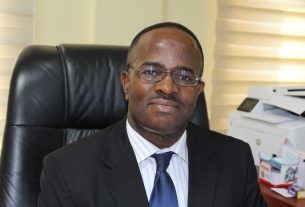As the year draws to a close, we take a look back at the 33rd annual European Union Contest for Young Scientists (EUCYS) that took place in the Dutch city of Leiden in September. Four projects emerged from a group of 85 to claim the top prizes.
The 2022 edition marked a return to a physical event following the Covid-19 pandemic and was one of many initiatives held under the European Year of Youth. In total, 132 scientists who ranged in age from 14 to 20, came from 33 countries and had gained recognition in national competitions participated in this year’s EUCYS, with the winning projects claiming 7 000 euros each.
EUCYS 2023 will take place in Brussels in September. Following are profiles of this year’s top-prize recipients.
Aditya Joshi and Aditya Kumar, Ireland
Aditya Joshi and Aditya Kumar almost missed the announcement that they were among this year’s EUCYS winners.
During the lunch break in Leiden on the day of the ceremony, they ordered hamburgers that ended up taking longer than expected. As a result, the two 15-year-old boys had to sneak into the back of the concert hall to join the proceedings.
Neither was prepared for the news: they had won the top prize for their new method of solving a triangle-geometry question known as the “Bernoulli quadrisection problem”. More than three centuries after Swiss mathematician Jacob Bernoulli offered a construction for dividing any triangle into four equal parts with two perpendicular lines, Joshi and Kumar produced a method based on computer science and mathematical optimisation.
‘We were just there in silence,’ Joshi said. ‘It took a minute to comprehend.’
Kumar, a longtime friend of Joshi, said: ‘I was in shock. It was like a dream.’
Joshi came up with the project idea after seeing a mathematics book lying around his home in Dublin. He also drew inspiration from his brother, who had competed in earlier math competitions in Ireland.
‘I wanted to do better than him,’ Joshi said with a laugh.
Asking Kumar to help was a no-brainer. The two met in primary school and work well together. For a full year, they devoted virtually every free minute to their project.
‘I must have spent about five to six hours each day working on our project,’ saidKumar. ‘Even when you’re not working on it, you’re thinking about it.’
When Kumar isn’t tackling math riddles, in his free time he likes to play basketball and listen to music. Joshi also plays basketball and enjoys using his 3D printer to design things like customised phone stands.
As they look ahead to university, Joshi and Kumar signalled that they could end up at the same place while having different fields of focus.
‘I want to study something in the area of tech for sure,’ Joshi said. ‘Maybe I’ll go for Computer Science at Dublin City University or Trinity College.’
Kumar is keen to study medicine at either of those institutions – or at the Royal College of Surgeons in Ireland.
Aditya Joshi and Aditya Kumar
Konrad Basse Fisker, Denmark
Konrad Basse Fisker described winning the top EUCYS prize this year as a ‘one-way ticket into the universe of science.’
‘Hearing about all these other extremely cool projects, it hit me how similar all of us are even though we all live in different countries,’ said the 20-year-old from the Danish city of Roskilde.
Fisker was recognised for a project on integrating a protein known as Dsup into algae. Dsup holds out hope of making food more tolerant against radiation and of helping feed astronauts on any successful manned mission to Mars.
Besides receiving the top prize, a personal highlight for Fisker was getting to carry the Danish flag at the opening ceremony in Leiden.
His scientific goal is to help change the ways in which people eat including by growing crops on Mars. That requires new methods to address radiation levels on the Red Planet that are about 50 times as high as on Earth.
‘Earth can’t sustain so many animals for food consumption, so we have to find another way of producing enough food,’ Fisker said.
For the next year or two, he plans to hold off moving on to the university classroom and instead focus on real-life lessons. With his project in mind, Fisker aims to save money for a trip to South-East Asia.
‘It’s going to be a journey to learn about the world – about how people are living in poorer countries – and to get a perspective on how people elsewhere are impacted by the ways in which we eat,’ he said.
 Konrad Basse Fisker
Konrad Basse Fisker
Meda Surdokaite, Lithuania
Meda Surdokaite went to art school for 10 years before switching to chemistry and becoming a EUCYS winner.
‘I’m mostly interested in the “why” of my research,’ the 19-year-old student of applied chemistry said during a break from laboratory work at Kaunas University in Lithuania. ‘Either it’s something new or it should help someone.’
Her reason for joining the EUCYS contest had nothing to do with the prospect of a top prize, so Surdokaite could hardly believe her eyes when her name appeared on the projector as a winner.
‘I remember reading it and thought I was dreaming,’ she said.
Her project determined a way to optimise the production of a dye – “Nile Red” – used to identify microplastics. To maximise the impact, Surdokaite decided to share her findings with other scientists for their own research.
‘People tend to get scared about implementing sustainable practices because it can be costly, but we should think about the long-term,’ she said. ‘More money should be spent to implement sustainable practices.’
Surdokaite also believes more companies and universities should give students an opportunity for chemistry training to drive innovation in the EU.
She plans to earn a master’s degree in either organic chemistry or analytical chromatography and then apply for a post-doctoral position.
Meda Surdokaite
Michael Lukas Strudler and Andreas Strommer, Austria
Michael Lukas Strudler and his friend Andreas Strommer are aeronautical engineers whose winning EUCYS project is meant to help Europe wean itself off fossil fuels by using more wind energy – a key EU goal as climate change intensifies.
‘We have to fix the problems the older generation created,’ Strudler said.
Strudler and Strommer, both 19 years old, developed a wind turbine with integrated centrifugal flaps. The vertical axis turbine works at low speeds by using the resistance principle and at higher speeds by using the buoyancy principle.
In their leisure time, Strommer loves sailing in summer and Strudler is fond of playing guitar, drums and harmonica. From different parts of Austria, the duo met in school and consider themselves to be a harmonious team.
‘It took us about 10 seconds to agree on the idea for our project for the competition,’ said Strudler.
He and Strommer are now seeking to turn it into a start-up business. Both are developing the turbine prototype, talking to potential partners and reinvesting the 7 000 euros in EUCYS prize money.
While the EU-contest recognition has further fuelled their ambitions, Strudler and Strommer must complete mandatory military service in Austria before they can devote even more of their energy to the cause of wind power.
 Michael Lukas Strudler and Andreas Strommer
Michael Lukas Strudler and Andreas Strommer


